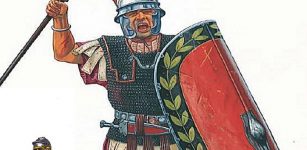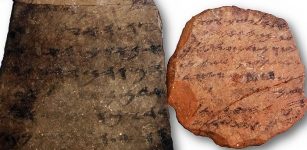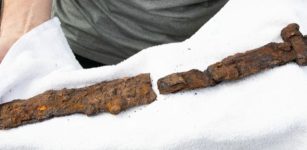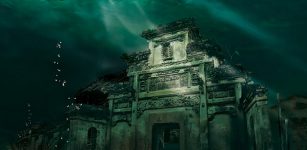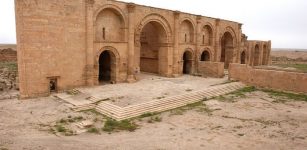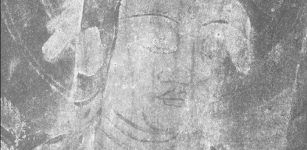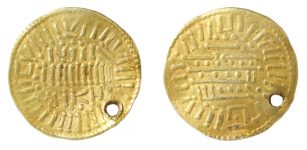On This Day In History: Most Notorious Roman Emperor Nero Committed Suicide – On June 9, 68 AD
AncientPages.com - On June 9, 68, Roman Emperor Nero committed suicide. He was the notoriously brutal Roman Emperor responsible for the Great Fire of Rome, the bloody persecution of the early Christians, and the murder of his mother, Agrippina. However, the circumstances surrounding her death are uncertain due to many historical contradictions.
He also killed Roman senators and aristocrats, including his former tutor, Seneca, a well-known philosopher and writer. The despotism of Nero caused growing discontent among the aristocracy, patricians, and the rich part of society.
He sometimes forced his opponents to commit suicide. In addition, Nero's mother, Agrippina the Younger, was suspected of killing her spouse for Nero's sake.
Military commanders in some Roman provinces had revolted against Nero, and the Roman Senate had declared him a hostis publicus (public enemy).
When Servius Sulpicius Galba proclaimed himself emperor and gained new supporters, Nero feared for his life and tried to flee Rome.
Modern replica of Barrón's Nero and Seneca sculpture. Image credit: Hoshidoshi - Public Domain
According to the Roman historian Eutropius: "the Roman world cursed him and all left at the same time, and the Senate recognized him as an enemy." Deserted even by the Praetorian Guard and betrayed by his closest associates, Nero committed suicide on June 9, 68. His last words were to be: Qualis artifex pereo! (What an artist dies [with me]).
After his death, it was speculated that the emperor was alive and only faked a suicide to escape from his tormentors.
A cult surrounded his grave, and flowers were laid on it. On several occasions, there have been vigilantes claiming to be Nero.
Sculpture of Agrippina crowning her young son Nero (c. AD 54 –59). Image credit: Carlos Delgado - CC BY-SA 3.0
After all, Nero was a well-liked figure and respected ruler by the lower circles of society since the self-proclaimed hoped for a response both among the legions and the subjects. To some extent, their expectations were fulfilled.
After his death, there was a struggle for the throne. The new emperor Galba ruled for no more than seven months before he was killed, and the following year three emperors were overthrown one after the other.
AncientPages.com




